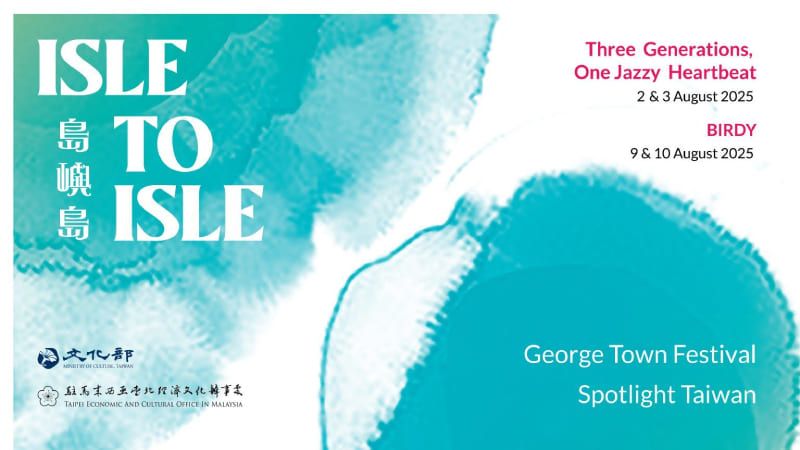Policy Framework
President Lai attends opening of Ketagalan Forum: 2025 Indo-Pacific Security Dialogue
Government News
MOFA to host the Ketagalan Forum: 2025 Indo-Pacific Security Dialogue; event will focus on regional security, whole-of-society defense resilience, and economic resilience
Stories
Protecting the Rainforests of the Sea: Coral Conservation and Restoration in Taiwan
RELATED READS
Exploring Taiwan’s Night Markets with Nguyen Thu Hang
